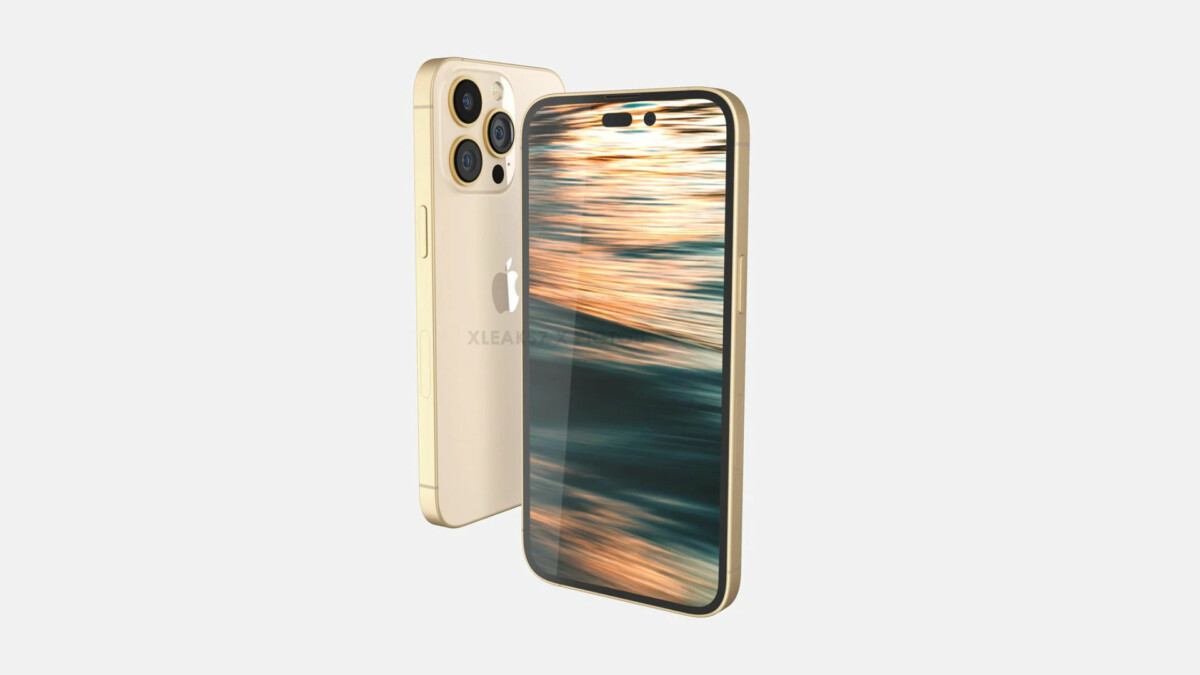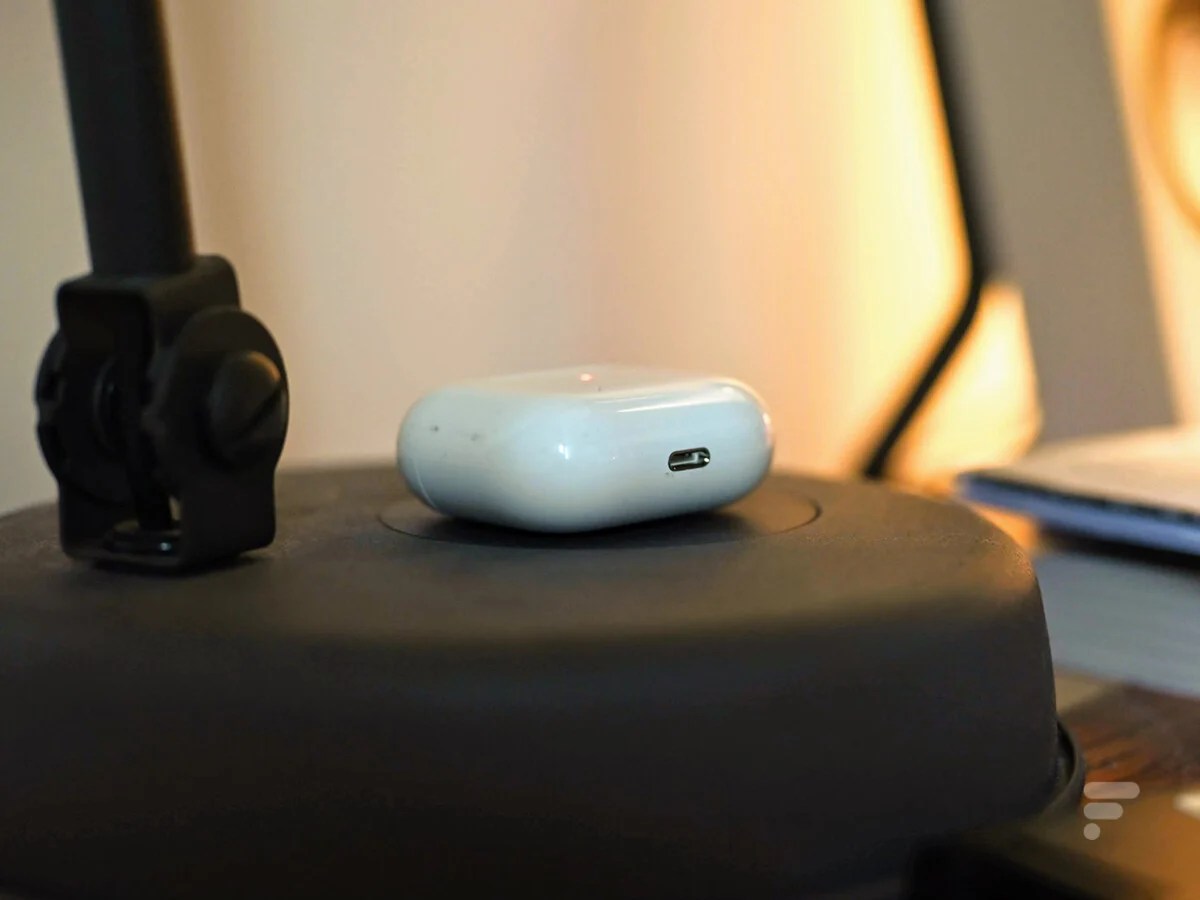What penalties could be imposed on Apple if it decides not to integrate a USB-C port on its iPhones and AirPods by the end of 2024 as required by the European Union? We posed the question to one of the case managers.
A priori, Apple iPhones will have to carry a USB-C port from 2024. This is the essential point that we retain from the agreement in principle recently reached between the European Parliament (where the deputies sit) and the European Council (which represents the governments of EU member countries). The two entities have thus expressed their desire to make USB Type-C the mandatory universal wired charging standard for all small and medium-sized electronic devices. Smartphones, headphone cases, audio headsets, tablets or even laptops are therefore concerned (with a slightly later implementation for the latter).
The Parliament and the Council have agreed to meet at the start of the school year to adopt this law in due form so that it can be applied from autumn 2024. Except in the event of force majeure this summer to derail everything , this project can be put on track with confidence.
There are already a large number of devices with a USB-C port. This new law will therefore not change much for most manufacturers. Conversely, in the case of Apple, iPhones and AirPods have still not taken the plunge and cling to their proprietary Lightning connectors.

Several scenarios can therefore be envisaged. Some can thus imagine that the Cupertino company will not comply with the rules imposed by the European Union and will resist in one way or another. With this in mind, what does Apple risk if, by chance, it decides not to integrate a USB-C port on its iPhones?
Does Apple have so much to lose here?
Frandroid asked the question to the office of Alex Aguis Saliba, the Parliament’s rapporteur who is following this file. We wanted to know what sanctions were envisaged against a manufacturer not respecting this obligation on the USB-C port in Europe. From the outset, we are told that “financial sanctions are not part of the scope of the proposed and agreed measures“. This means that if Apple begins a standoff with the EU, the firm will not be punished with a fine, contrary to what we have already seen in cases concerning anti-competitive practices.
In contrast, “the new provisions are part of a revision of the RED directive and any breach of the rules of the directive will follow the provisions and steps already established in it“. What is it about ? This famous RED directive (PDF file) concerns the placing on the European market of radio equipment. A smartphone, for example, must comply with a set of rules to have the right to be sold there. It is in this context that a “CE” mark is affixed to any Tech product sold officially, it is proof that it complies with the conditions imposed by the EU. The directive refers to a “cvisible consequence of an overall process including conformity assessment in the broad sense“.

What should be remembered is that European legislators prefer to sanction upstream rather than downstream. Instead of letting Apple sell non-compliant products and then mess with it by incurring financial sanctions, the EU will simply prevent the brand from selling its iPhones and AirPods in the countries concerned if the latter preserve their Lightning port at detriment of USB-C. They will simply not be entitled to the mandatory “CE” marking.
How about a wireless iPhone?
There remains another avenue to explore. It is not impossible that Apple opts for iPhones and AirPods rechargeable only wirelessly and therefore without any wired charging port. Even if it is difficult today to judge its credibility, this hypothesis remains plausible. By doing this, Apple products would remain compliant with the new rules which relate exclusively to devices that can be recharged by wire.

However, the European Commission (whose role is to enforce the law) has the task of “ask the European standardization organizations to develop appropriate standards according to the development of wireless technologies.», reminds us of the cabinet of Alex Aguis Saliba. It will have to carry out this task 24 months after the entry into force of the directive on USB-C. The entry into force taking place 20 days after the publication of the text of the law in the Official Journal (at the start of the 2022 school year), this means that this mission will also begin in the fall of 2024.
It remains to be seen how long the development of these standards will take and whether they could undermine a potential 100% wireless iPhone.
To follow us, we invite you to download our Android and iOS application. You can read our articles, files, and watch our latest YouTube videos.
